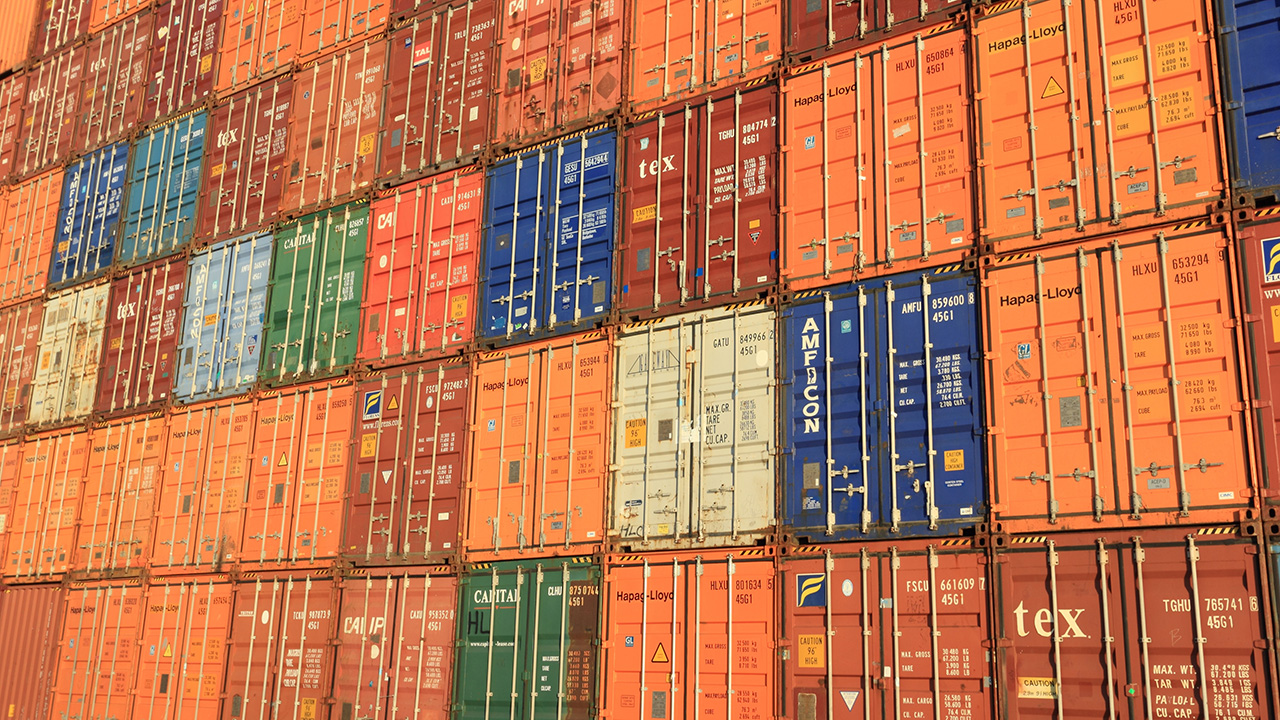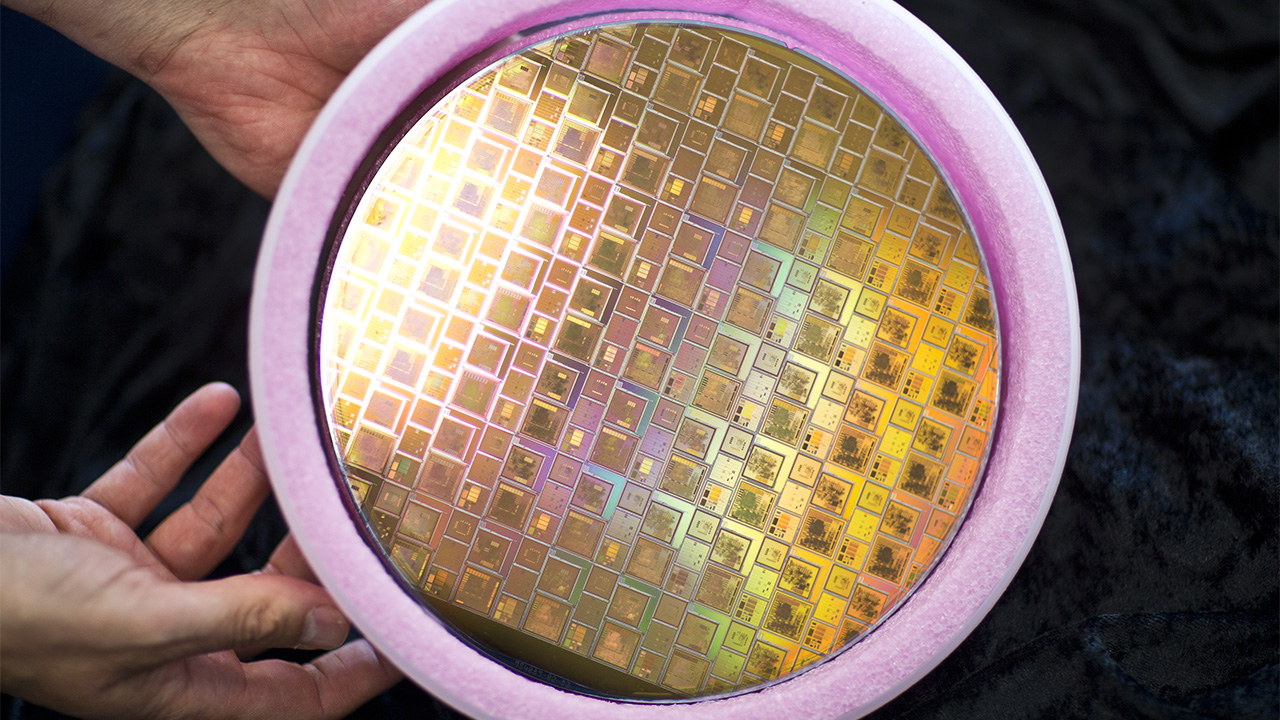Analysts Predict End is Near for Global Chip Shortage
Stand down from red alert

In potential ‘light at the end of the tunnel’ news, a report from Counterpoint Research suggests the global semiconductor shortage could ease in the second half of 2022 as demand-supply gaps decrease.

The report, which concentrates on China as one of the largest producers of semiconductors, shows that gaps between supply and demand have been shrinking since late last year. Thankfully, 5G-related chipsets, application processors, and RF equipment inventory levels have increased, and the same is true of PC components: “Coupled with wafer production expansion and continuous supplier diversification, we have witnessed significant improvement in the component supply situation, at least in the first quarter,” said research analyst William Li, who focuses on semiconductors and components.
As we recently heard from Raspberry Pi CEO Eben Upton, the global electronics shortage caused by the pandemic and the Russia-Ukraine war has been exacerbated by a rise in demand from consumers and manufacturers. The problem of bots quickly buying up available stock to scalp it for a higher price has also not been helping matters. Luckily, many resellers have taken action to prevent this from happening.
However, Li’s analysis suggests a downturn in actual shipments, as production expansion during the shortage has led to more inventory in circulation, with other factors throttling the supply to consumers. These include lockdowns across China, particularly in the Shanghai area, but also the war in Ukraine -- a recent Vox report highlighted the importance of Ukraine to the supply of neon to chipmakers.
But with global PC shipments rising 3.1% in Q4 2021, Counterpoint Research appears confident the shortage should be over by the end of the year. Still, the firm’s senior analyst Ivan Lam points out that further Covid waves could tighten things up again. “The supply chain was lucky last year, but this latest COVID wave is a big test [China] needs to manage carefully but quickly," Lam explained. "It is crunch time now, and all eyes are on China.”
Get Tom's Hardware's best news and in-depth reviews, straight to your inbox.

Ian Evenden is a UK-based news writer for Tom’s Hardware US. He’ll write about anything, but stories about Raspberry Pi and DIY robots seem to find their way to him.
-
InvalidError In 2020, they said things will be better in late 2021. In late 2021, they said things will get better in late 2022. In mid-2022, they say things MAY ease in late 2022.Reply
In other words: we're still most likely screwed until late 2023 as I predicted in 2020. There is no reason to expect things to get significantly better until most of the new fabs and expansions announced in 2019-2021 are ready for volume production in 2023-2024. -
btmedic04 I'm taking bets now on which will happen first: the chip shortage ends in 2022, or world war 3 begins :ROFLMAO:Reply
I'm leaning more towards WW III -
mattfys47 note that this isn't accurately reported. China's semiconductor industrial capacity is rather low. China's been attempting to produce chips for years, but hasn't had much success.Reply
Taiwan as a seperate country, produces 65% of the global supply in 2020-21.
China has been poaching a lot of the Taiwanese engineers in recent years trying to get into the market, and are making progress but are still a long way behind.
You need to be more accurate in the reporting!!
https://www.statista.com/statistics/1230946/semiconductor-foundries-market-share-by-country-worldwide/ -
mattfys47 https://www.cnbc.com/2021/03/16/2-charts-show-how-much-the-world-depends-on-taiwan-for-semiconductors.htmlReply -
KyaraM Didn't they say that since at a year? Closer to two at this point? Besides, just read that TSMC seems to struggle with their new node. Kinda doesn't bode too well honestly...Reply -
InvalidError Reply
Intel struggled with making 10nm work using DUV for almost a decade. TSMC running into issues going beyond N5 wouldn't be too surprising as that is where EUV starts needing some of the same tricks DUV needed to push it beyond 22nm.KyaraM said:Didn't they say that since at a year? Closer to two at this point? Besides, just read that TSMC seems to struggle with their new node. Kinda doesn't bode too well honestly...
At N2-N3, you are working at atomic-scale precision. Not running into a couple of new brick walls along the way would be the more surprising outcome. -
saltweaver What about the war? How will affect chip manufacturer's market and on the end on the line, their price ?Reply -
KyaraM Reply
That was already covered at the start of the war, since chip production relies on Neon gas for their lasers and Ukraine is one of their major suppliers. It can be supplied from other sources, plus, they built up reserves. It shouldn't have much of an impact. Also, Russia never was a big market, so it won't hurt them much.saltweaver said:What about the war? How will affect chip manufacturer's market and on the end on the line, their price ? -
chalabam Reply
All the printed money guarantees that prices will settle on a higher level that they had previously.InvalidError said:In 2020, they said things will be better in late 2021. In late 2021, they said things will get better in late 2022. In mid-2022, they say things MAY ease in late 2022.